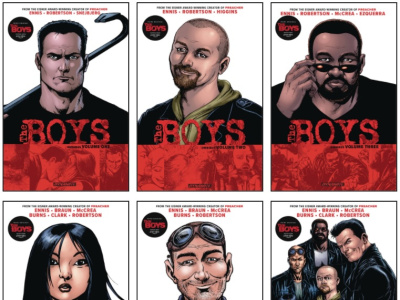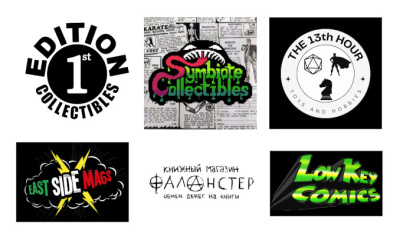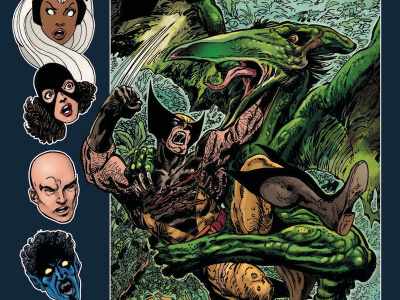
Since it launched its online comic service, Marvel Digital Comics Unlimited, late last year providing reader access to some of its huge library of back issues (some released as recently as six months ago), Marvel has been expanding and rotating the material available to its online subscribers and increasingly spicing up the mix with exclusive online content, most notably the recently released Iron Man and Hulk comics that tied into the Marvel Studios’ films (see “Marvel Launches Original Webcomics”).
Today Marvel announced that it is launching a new wave of exclusive digital comic book offerings starting with Marvels Channels: Monsters, Myths and Marvels: Galactus from writer Frank Tieri and artist Juan Santacruz, which goes live on Wednesday October 22nd. Marvel plans to launch three or more new exclusive digital comics per month (always on Wednesdays). Among the titles announced today were a Halloween Special Issue featuring Frankenstein and Jack Russell (Werewolf-by-Night) created by Dean Haspiel, American Eagle: Just a Little Old-Fashioned Justice by Jason Aaron and Richard Isanove, Fing Fang Four by Scott Gray and Roger Langridge, Kid Colt by Tom DeFalco, and a collection of Amazing Spider-Man stories from Spidey Brain Trustee Bob Gale that take place within and around the current Webcrawler continuity.
With these offerings Marvel is clearly trying to find the right digital formula to appeal to a younger computer-savvy generation that doesn’t mind reading comics online. Given the online proclivities of the younger generation, a substantial Web-based digital distribution component appears to be inevitable for major comic book publishers, but the question is, what format and business model makes sense for both readers and publishers?
Some fans object to Marvel’s current Flash format that doesn’t download the comic material to the subscriber’s computer. Others wonder if the traditional model of a comic book page broken down into panels makes any sense for a sequential narrative delivered by a computer rather than by a book or pamphlet. And then there is the whole “motion comics” format with dialogue, sound effects and music dubbed in—the dominant online comic format of the future is yet to be determined as is the payment model for consumers (and for publishers’ disbursements to artist and writers for that matter).
Future offerings could well be ad-supported or sold piecemeal rather than by subscription-only—does Marvel’s continued efforts on behalf of its subscription-based system indicate that the publisher has been having some success with this business model, or is it a sign that subscriptions are flagging and more incentives are needed to maintain and grow the number of subscribers?







